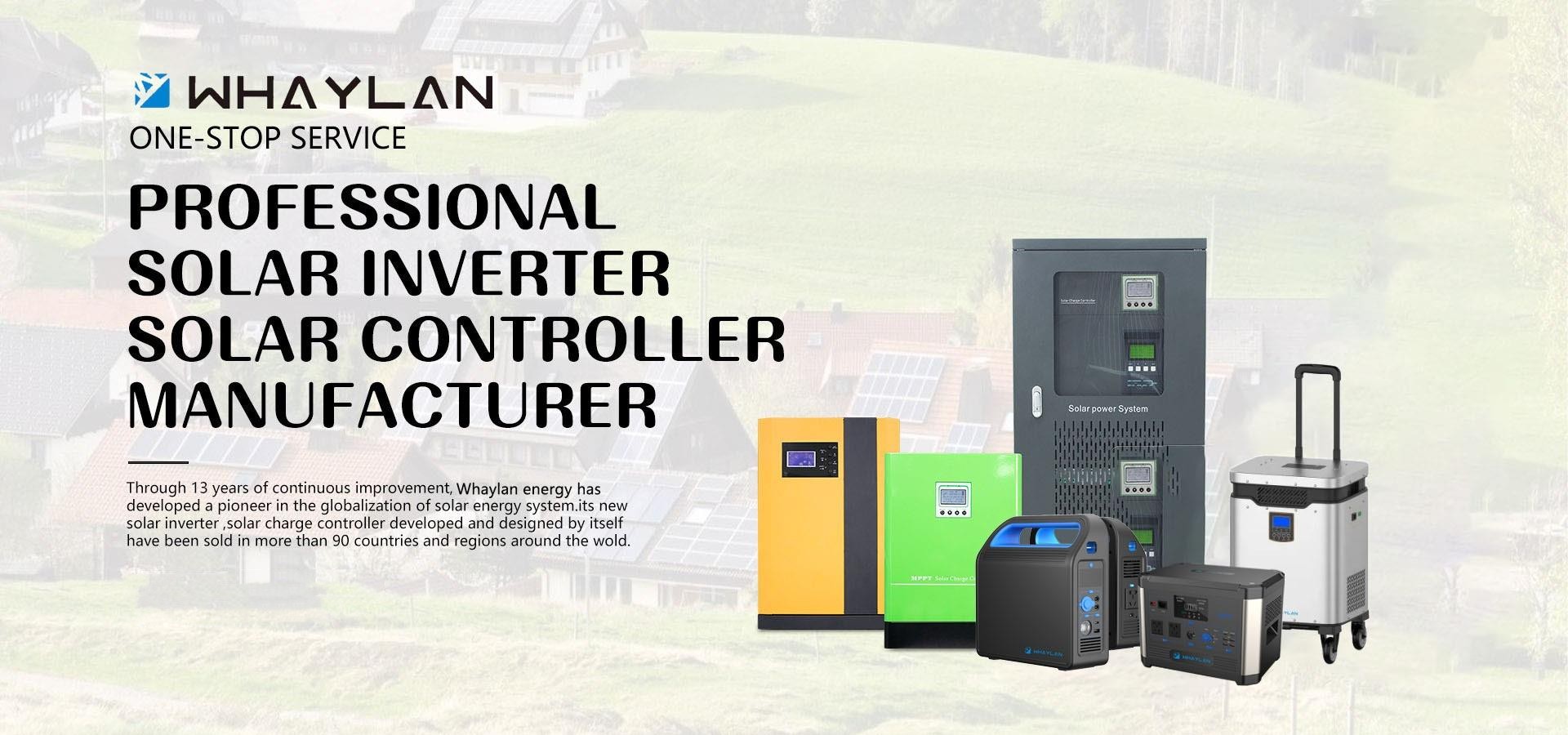Power supplies are generally categorized into two main types: voltage sources and current sources. A voltage source is a power supply that maintains a constant output voltage regardless of the load. It is commonly used in household applications due to its low internal resistance, which allows it to deliver stable voltage when the circuit is closed. On the other hand, a current source provides a constant current, and it typically has a high internal resistance to ensure that the current remains steady even under varying loads. Unlike voltage sources, current sources continuously supply current, whether or not there is an electrical device connected to them.
In electronic circuits, DC power sources are widely used. These sources can be further divided into DC-DC converters, such as switching power modules and linear power modules. Common DC voltage levels include +3.3V, +5V, +12V, and +15V. Choosing the appropriate voltage source is crucial, as each circuit has limitations on current capacity. One common component used for voltage regulation is the LM7805, which is part of the 78xx series. The "78" indicates the series, while "05" refers to the output voltage of 5V. This regulator can normally handle up to 1A of current, and if the power dissipation (calculated by multiplying the voltage difference between input and output by the current) exceeds 2W, a heat sink may be required. To manage higher input voltages, a secondary regulator like the LM7815 can be used before the LM7805 to reduce the voltage step by step.
Another variant is the LM78L05, which operates at a lower current level, typically 0.5A. In practical applications, AC power sources are often converted to DC using rectifier bridges. For example, a 16V AC input is commonly used with the LM7805, after being rectified and filtered. In engineering, common AC sources include 14V, 16V, and 24V, which can be derived from standard AC voltages like 220V (China), 110V (Japan), or 120V (Taiwan) through the use of transformers.
The pin configuration of the LM7805 is important to understand. The voltage between pin 1 and pin 3 must be greater than 5V, while the voltage between pin 1 and pin 2 is exactly 5V. Pin 3 is always grounded. As long as the input voltage (Vin) is higher than 5V, the output voltage (Vout) will remain at 5V. This makes the LM7805 a reliable choice for many low-power DC applications.
We are manufacturer of Solar Inverter in China,OEM and ODM are acceptable, if you want to buy Off Grid Hybrid Inverter,Solar Power Inverter, please contact us.

Solar Power Inverter,Solar Inverter,Hybrid Inverter,Solaredge Inverter,Solar Power Inverter
suzhou whaylan new energy technology co., ltd , https://www.xinlingvideo.com